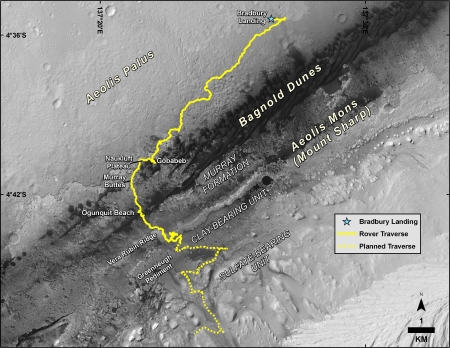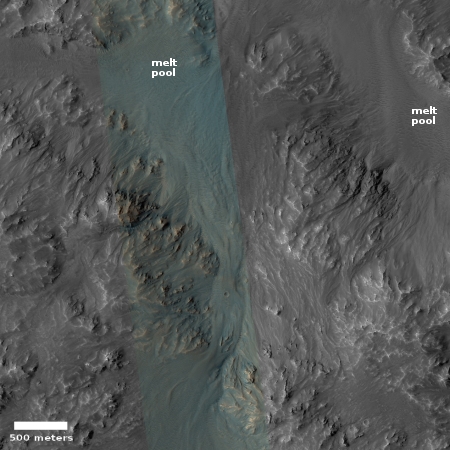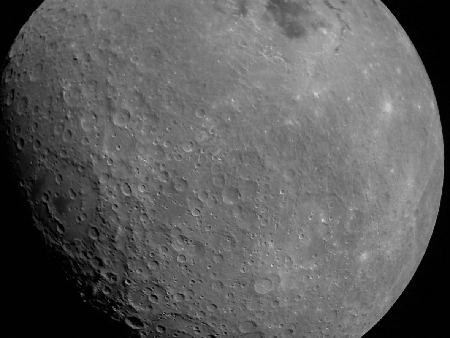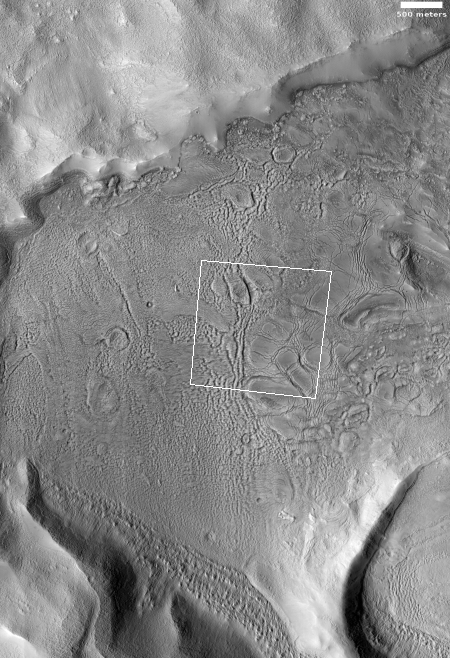Of all of Obama’s achievements, probably the one that is going to ring down the decades the longest and maybe do the most to destroy the United States and western civilization was his willingness to either endorse or refuse to condemn the use of slanders and lies to advance the political power of his Democratic Party and the left.
The most obvious example of this were the false accusations by top Democrats that the Tea Party protesters against Obamacare were “racist”, despite zero evidence. (I speak from personal experience, as I was involved in Tea Party groups in both the DC and Tucson areas.) Obama was in a position to tamp down this hateful and dishonest rhetoric. Instead, he allowed members of his administration to encourage it.
This political tactic has now become pervasive and dominant throughout the Democratic Party and its minions in the mainstream press. This fact became especially evident to me this past weekend, during a demonstration in Portland by a group called the Proud Boys. This group was formed in 2016 in reaction to the modern political leftist pressure forcing Americans to adhere to leftist dogma. From their own webpage:
The basic tenet of the group is that we are “Western chauvinists who refuse to apologize for creating the modern world.” Like Archie Bunker, we long for the days when “girls were girls and men were men.” This wasn’t controversial even twenty years ago, but being proud of Western culture today is like being a crippled, black, lesbian communist in 1953.
…The Proud Boys confuse the media because the group is anti-SJW without being alt-right. “Western chauvinist” includes all races, religions, and sexual preferences.
I have reviewed their webpages, their videos, statements from their leaders, and can find nothing that suggests they have any links to fascism or white supremacy. Go to their webpage yourself and do the same. If anything, the actual evidence is that this group opposes such things, vehemently.
And yes, I am sure you could find bigots among them, as you can find bigots everywhere. The fundamental principles and goals of the organization however have nothing to do with bigotry. They merely wish to reassert the nobility of western civilization, an idea that all Americans should feel no shame asserting.
This past weekend, during their demonstration, they came with no masks, a lot of American flags, a lot of Trump “Make America Great Again” hats and t-shirts, and the ability to defend themselves if attacked. (The link takes you to a Daily Mail report, with lots of pictures that confirm my description but with text that generally describes the event poorly.)
It appears, from the information at this link, that the Proud Boys finished their morning demonstration after about 90 minutes — with no violence — and then went to have a barbeque.
» Read more





